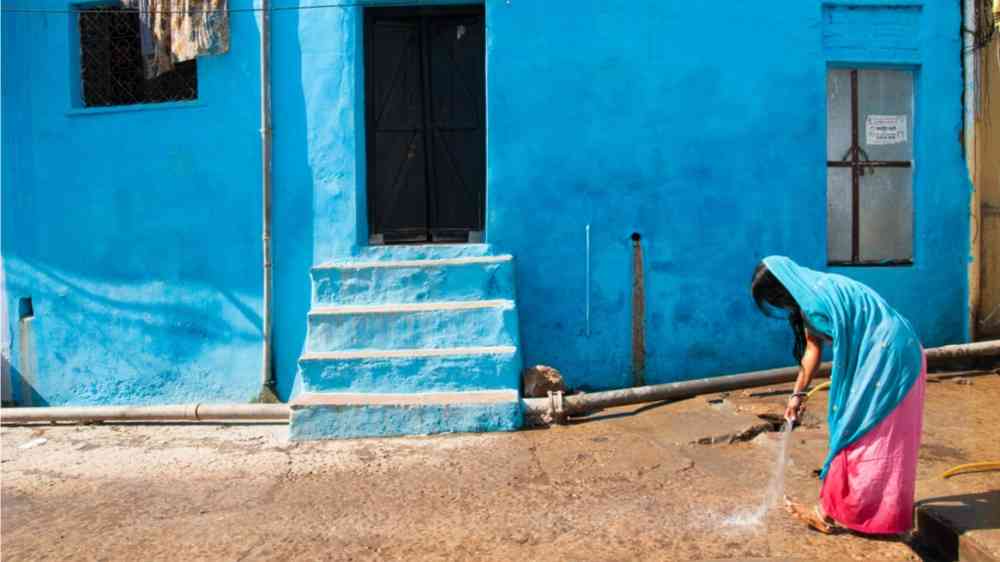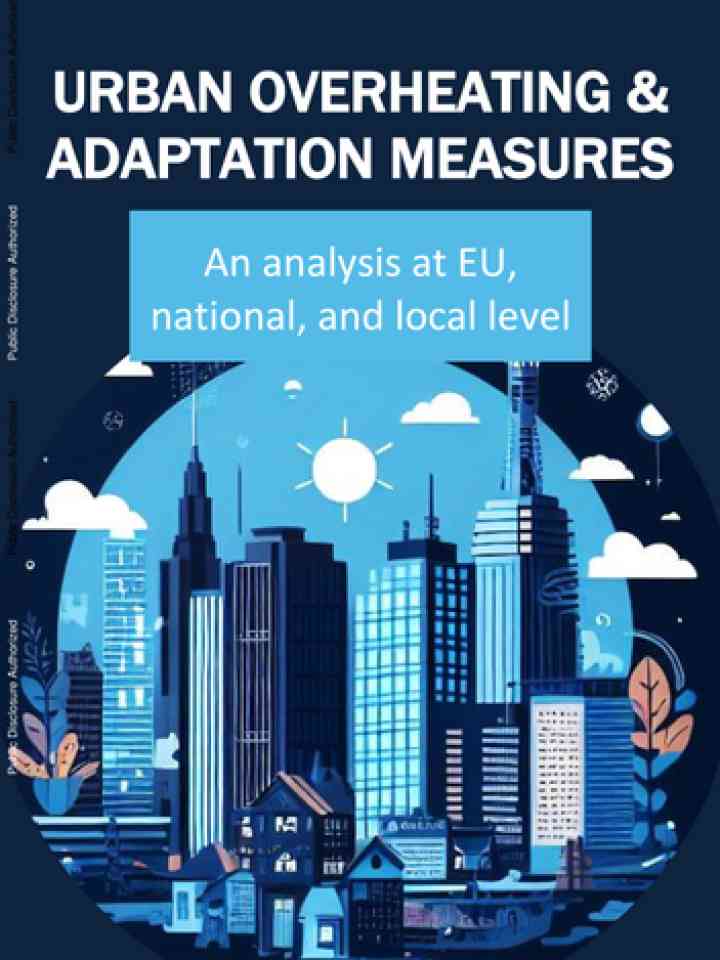Heatwaves and extreme heat
A heatwave is a marked warming of the air, or the invasion of very warm air, over a large area; it usually lasts from a few days to a few weeks (WMO, 1992).
Heatwaves (sometimes referred to as extreme heat) vary according to the location of a particular region and the time of year and there is no universal way of defining or measuring heatwaves. Heatwaves can exacerbate urban air pollution which can affect the elderly, pregnant women and children. The heat stress burden is dependent on local climate and a humidifying effect can erase the cooling benefits that would come from trees and vegetation. Consequently, in humid climates humans can adapt to a lower temperature than previously thought.
The impacts of heatwaves can be very catastrophic as we saw in parts of South Asia and Europe from May to September 2022, where there were over 60,000 “excess deaths”; the number beyond what would have been expected under “normal” conditions based on historical data (Nature, 2023). Heat exposure- related loss in labour capacity resulted in average potential income losses equivalent to US$863 billion in 2022.
Europe was also badly affected by high and unusual temperatures in the summer of 2003 leading to health crises in several European countries and the occurrence of 70,000 “excess deaths” mostly seniors (Robine et al. 2008). Modelled estimates show that between 2000 and 2019, approximately 489,000 heat-related deaths occurred each year, with 45 per cent of these in Asia and 36 per cent in Europe.
One challenge with heatwaves is that we don’t know how much of the mortality data is due to heat. People might go to hospitals because of a work-related injury or a heart attack, but these will not count as heatwave incidents. It’s important to measure temperature-related deaths accurately and consistently
Globally 2.41 billion workers, or 70 percent of the working population are exposed to excessive heat. This results in 22.85 million non-fatal injuries and 18,970 deaths annually. Workers in Africa, the Arab states, and Asia and the Asia-Pacific are most exposed to excessive heat. In these regions, 93 per cent, 84 per cent, and 75 per cent of the workforce are affected, respectively. As daily temperatures rise above 34°C (93.2°F), labour productivity begins to drops by 50 per cent.
Heatwaves (sometimes referred to as extreme heat) interact with and amplify the impacts, magnitude, and severity of other hazards such as wildfire, drought, cyclones, urban heat islands, and hazardous air quality. A multi-hazard risk management approach is therefore recommended for heatwaves, including early warning systems and planning. In urban areas, consideration of night-time temperatures and urban heat island effects is important to determining appropriate thresholds for heatwave advisories. Sensible occupational safety and health measures could save US$361 billion a year, while the global scale-up of heat health-warning systems for 57 countries alone has the potential to save an estimated 98,314 lives per year.
Essential components of health impact-orientated warning systems and early action for heatwaves, include assessments of heatwaves and health impacts, definitions and methodologies, communication of warnings, intervention strategies, and longer-term planning perspectives for managing heatwave events (WMO and WHO, 2015). The United Nations Secretary-General's Call to Action on extreme heat, calls on countries and communities to:
- To protect the most vulnerable people from the impacts of extreme heat, reduce extreme heat risk and build their resilience.
- To protect all workers in all sectors through appropriate occupational safety and health measures based on a rights-based approach.
- To build sustainable multi-sectoral and multi-scalara partnerships that ensure development and implementation of comprehensive extreme heat action plans, strategies and solutions to build heat resilience.
- To accelerate the pace of the just transition away from fossil fuels and scale up investment in renewable energy.
Vulnerable areas
- Regions that are more susceptible to heat waves: inland deserts, semi-deserts and Mediterranean-type climates.
- Urban areas: higher temperatures during the summer due to buildings, roads, and other infrastructures absorbing solar energy.
- Heat waves disproportionately impact the health of people who are elderly from those who are young.
- Heat can also affect underprivileged social groups and poor people. For instance, people living in densely built, low-income neighbourhoods, with no open green spaces and lack of air conditioning.
Risk reduction measures
- Early warning systems.
- Establishing cooling centres.
- Structural measures: air conditioning and cooling systems.
- Heatwave risk assessment integrated into urban planning and health management policies.
- Raise community awareness, build the the preparedness of the most vulnerable, and incorporate education on heatwaves wherever possible.
- Protect animals.
- Create green corridors.
- Use reflective cool roofs and pavements.






